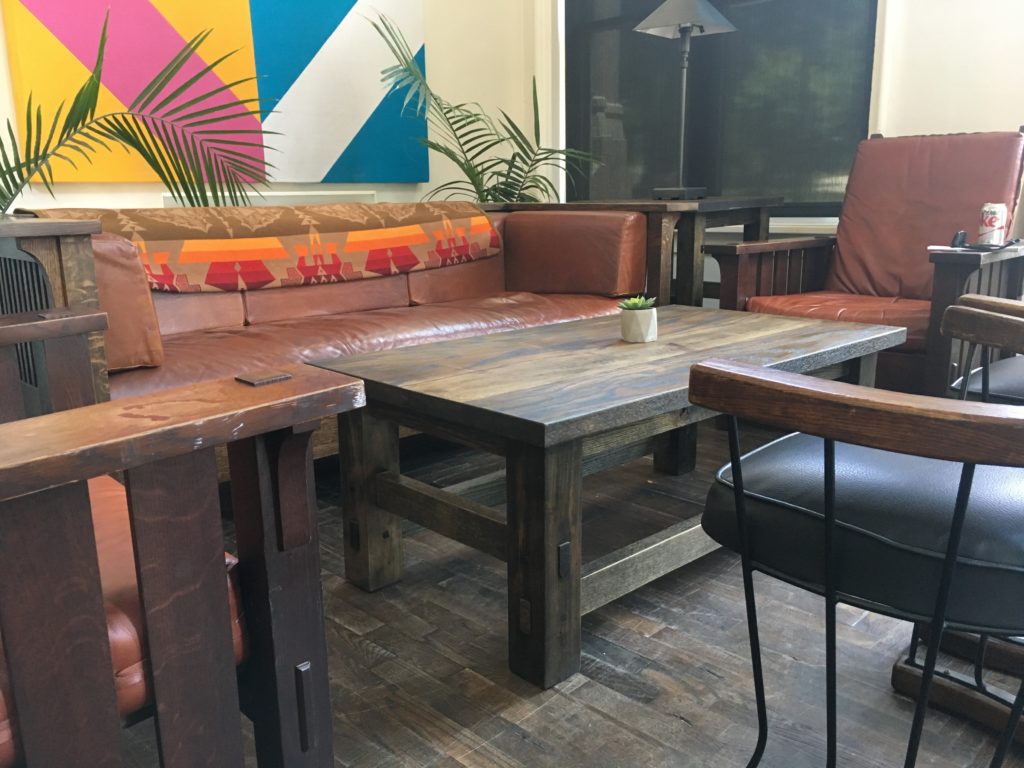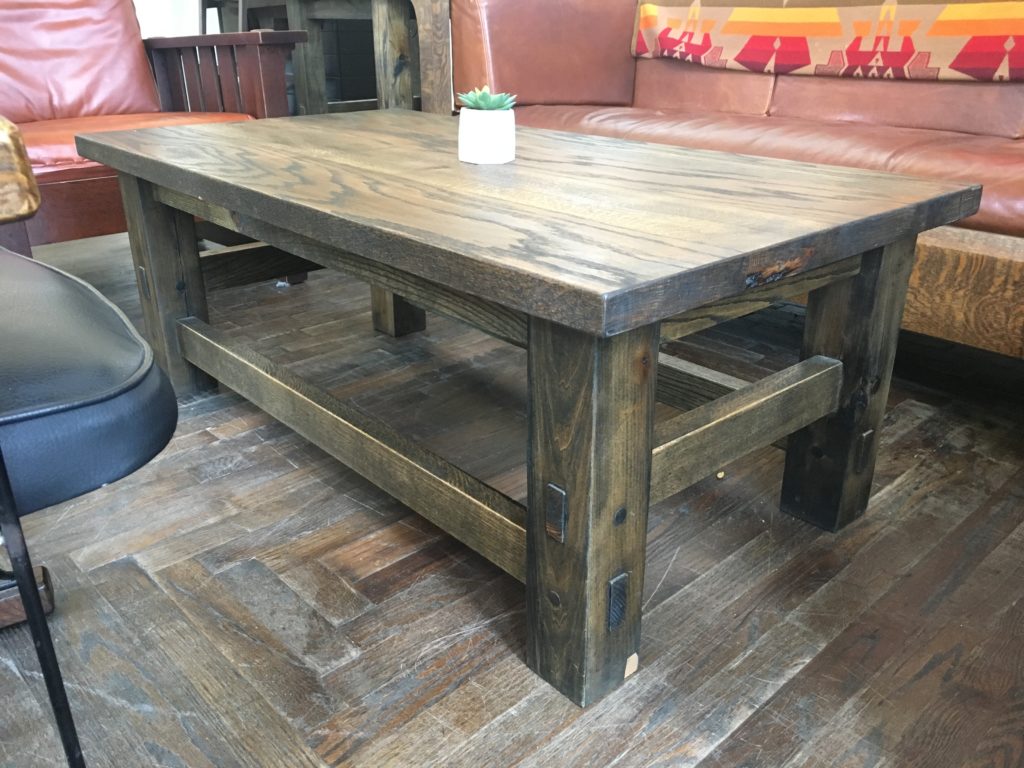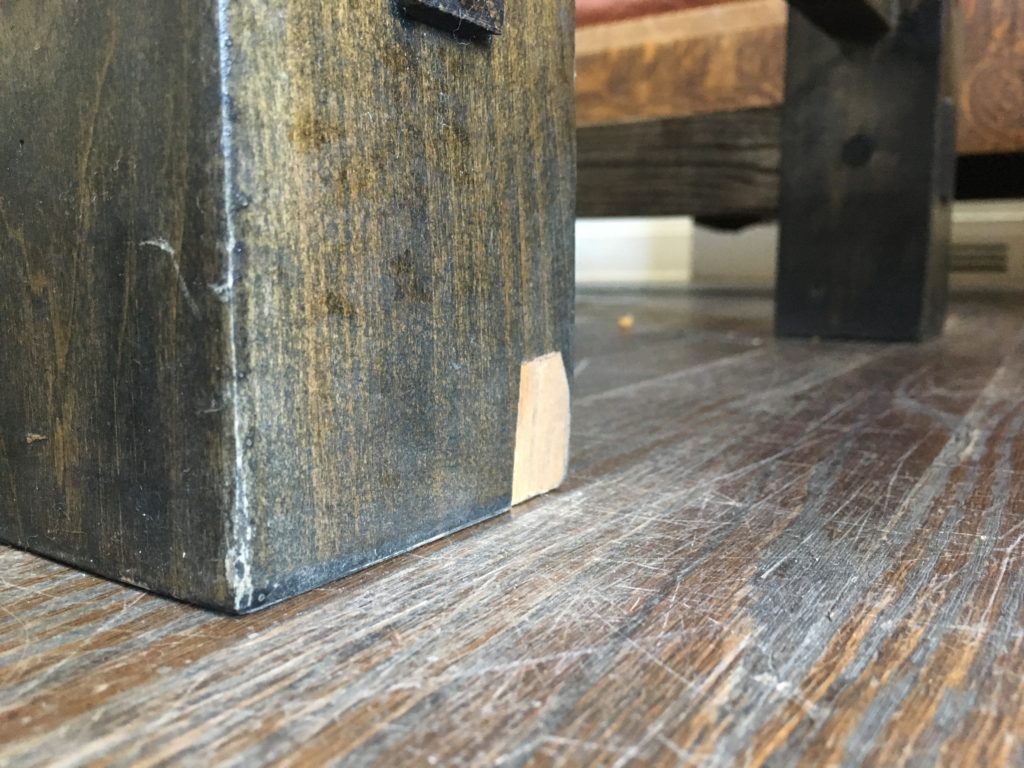We may receive a commission when you use our affiliate links. However, this does not impact our recommendations.
In the August 2017 issue of Popular Woodworking Magazine, George Walker shares what it means to “See Like a Designer.” The article tells the classic story of how his workshop students transition from casual consumers of objects and art to sentient observers of form and design. It is a transition that I am familiar with – my upbringing in a machine shop that created custom automation equipment meant that very little in this mechanical world was left to mystery. Anything and everything can be broken down into sub-assemblies and individual parts. The mantra “one day at a time” can be applied to the most difficult projects – “just one part at a time.”
In developing my woodworking skills over the last several years, I have put on a new set of lenses that have become trained to detect species, joinery and finish. Honestly, I simply cannot enjoy visiting a new brewery without sticking my head under the table to spot pocket holes or if there are planing tracks.
 Several weekends ago, I was second shooting a wedding with my wife who is a professional wedding photographer. I had a few minutes to spare while the groomsmen finished getting ready, so I snooped around the refurbished church in which the event took place. In a side room, I found this coffee table that had pegged through-tenons and solid top. My instinct was to get closer to see if this was a handcrafted piece, and a variety of tool marks told me it (probably) is. But I was disappointed to see that there was one simple process the craftsperson omitted: chamfering the legs.
Several weekends ago, I was second shooting a wedding with my wife who is a professional wedding photographer. I had a few minutes to spare while the groomsmen finished getting ready, so I snooped around the refurbished church in which the event took place. In a side room, I found this coffee table that had pegged through-tenons and solid top. My instinct was to get closer to see if this was a handcrafted piece, and a variety of tool marks told me it (probably) is. But I was disappointed to see that there was one simple process the craftsperson omitted: chamfering the legs.
 It is a small detail, but it can save you some grief down the road. A chamfered table or chair leg will be less likely to chip, as this one has. It makes sense if you visualize the table leg as a bundle of straws perpendicular to the floor – just as the fibers of the wood are oriented – the trailing straw at the back of the bundle would be pulled apart from the rest when you drag it across the floor. Many species of wood are strong enough to resist this type of failure, but in the case of this stained pine, the leg is left with a chunk missing. This could have been easily mitigated by adding chamfers with a disk sander, router or hand tools.
It is a small detail, but it can save you some grief down the road. A chamfered table or chair leg will be less likely to chip, as this one has. It makes sense if you visualize the table leg as a bundle of straws perpendicular to the floor – just as the fibers of the wood are oriented – the trailing straw at the back of the bundle would be pulled apart from the rest when you drag it across the floor. Many species of wood are strong enough to resist this type of failure, but in the case of this stained pine, the leg is left with a chunk missing. This could have been easily mitigated by adding chamfers with a disk sander, router or hand tools.
Glen Huey gives an excellent guide to these various approaches in the PDF below from Woodworking Magazine:
Improving Small Chamfers
p.s. All 16 issues of Woodworking Magazine are available on one CD or as a download.
Here are some supplies and tools we find essential in our everyday work around the shop. We may receive a commission from sales referred by our links; however, we have carefully selected these products for their usefulness and quality.








